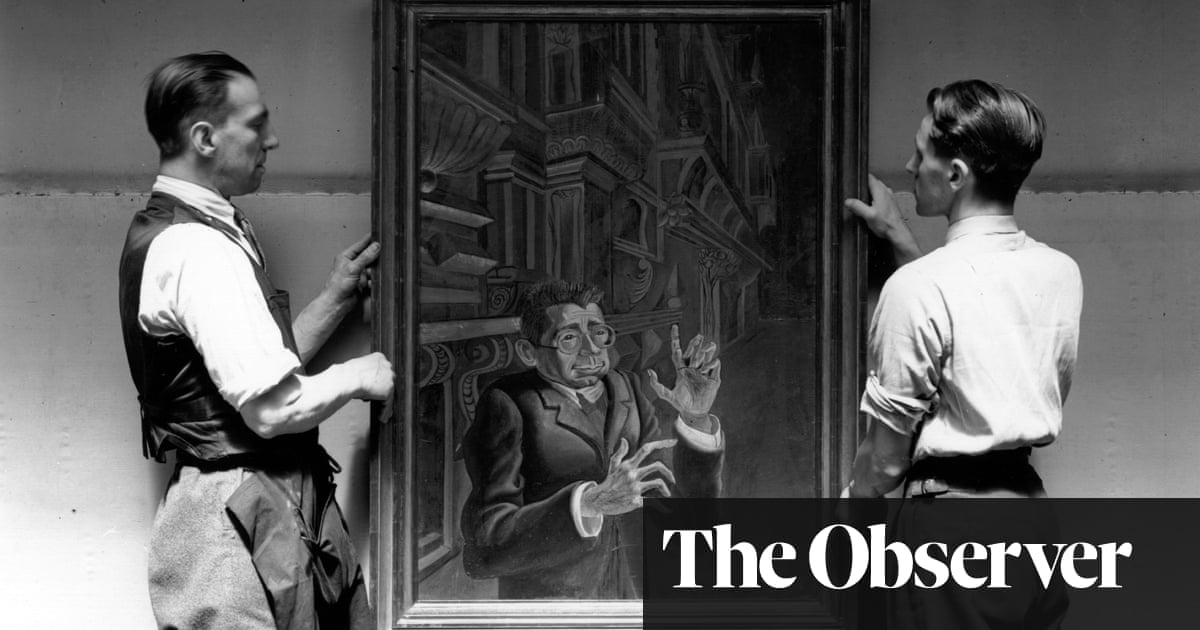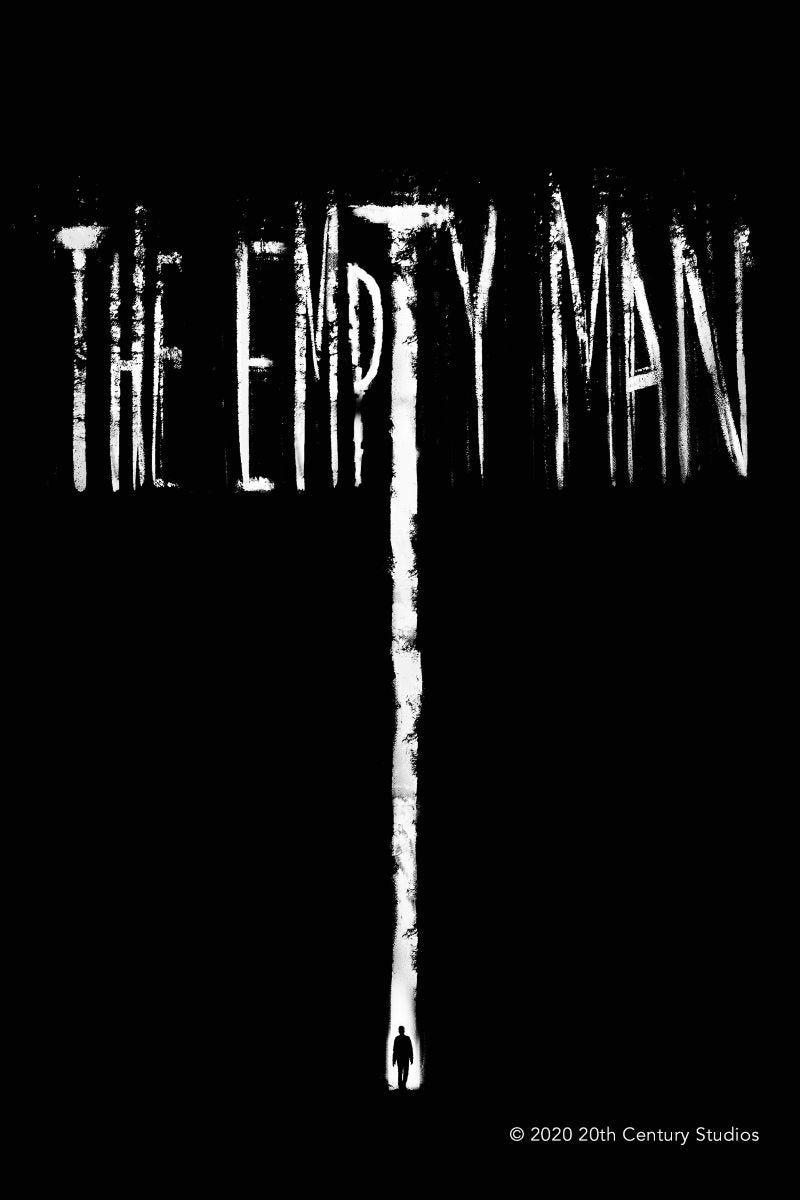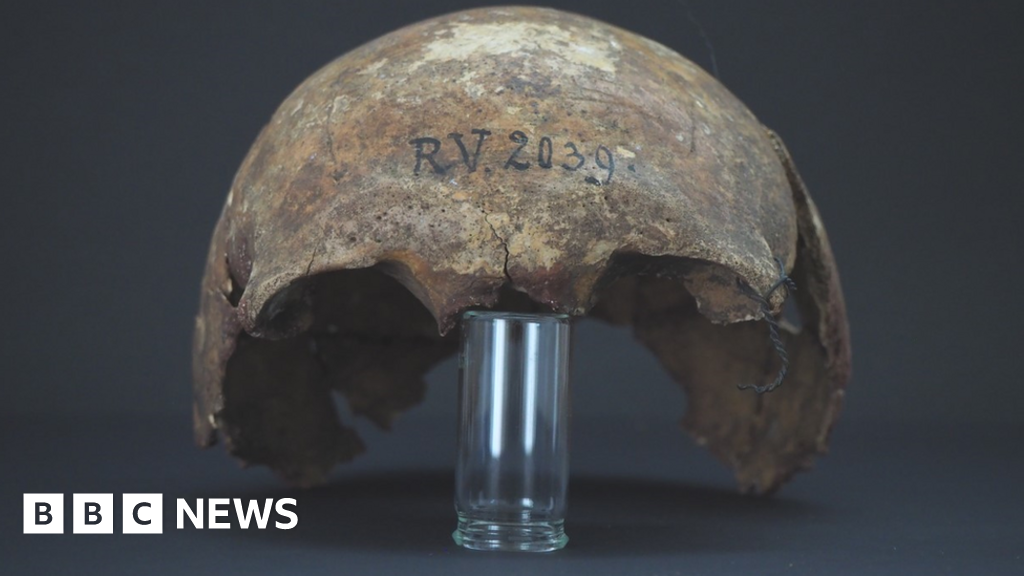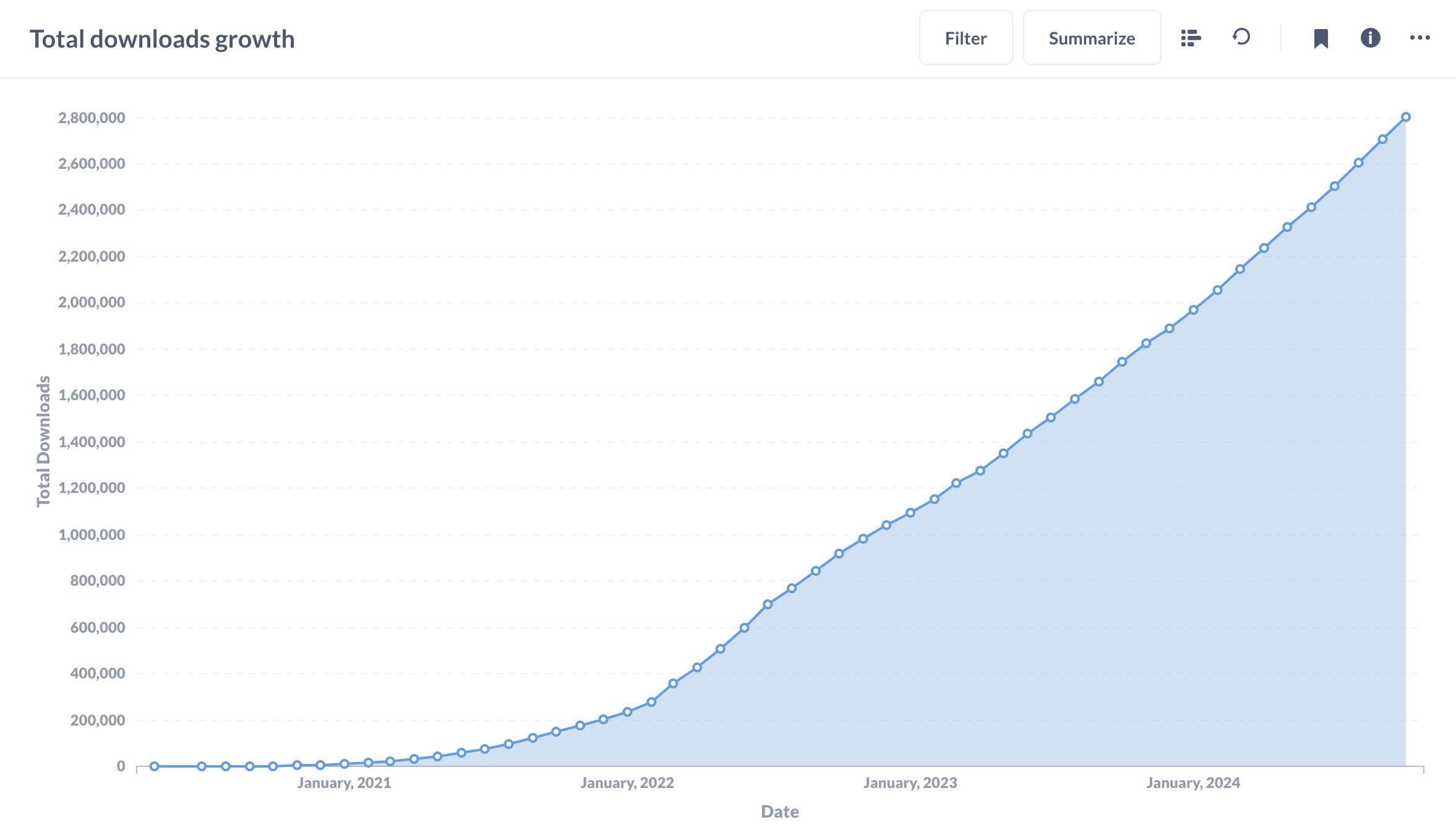
The Man with the Moustache
One of the lasting traditions on this blog is that whenever a month has five Wednesdays in it, the commentariat gets to nominate and vote on the subject for the fifth Wednesday’s post. For the last several years now, one of the perennial runners-up has been a straightforward question: why is it that Adolf Hitler has become such an overwhelming presence in popular culture in the United States, and across the modern industrial West more generally? That’s the one that won this month’s competition.
It’s a far more serious question than it might seem at first glance. Consider the image on the left. The moment you saw it, even before I mentioned this post’s subject, you knew exactly who it was. Can you think of any other historical figure whose image and reputation can be evoked so instantly by two abstract blotches of black on white? I can’t. What does it say about our culture that we’ve made Hitler’s face more recognizable than that of any other person—more so than Jesus, or George Washington, or for that matter any of the other mass murderers of history?
No, it’s not that Hitler’s regime killed more people than anybody else’s, because it didn’t. Lengthy and nauseating as the litany of atrocities of Hitler’s National Socialist regime is, it’s second-rate at best compared to the far more ghastly toll heaped up by the twentieth century’s Marxist regimes. The Soviet Union under Josef Stalin slaughtered more people than the Nazis ever did, and presided over a much vaster network of prison camps—the “Gulag archipelago” made famous by Aleksandr Solzhenitsyn’s harrowing novels—including the nightmarish Kolyma mining camps, where the average lifespan of a prisoner after arrival was measured in weeks.
























